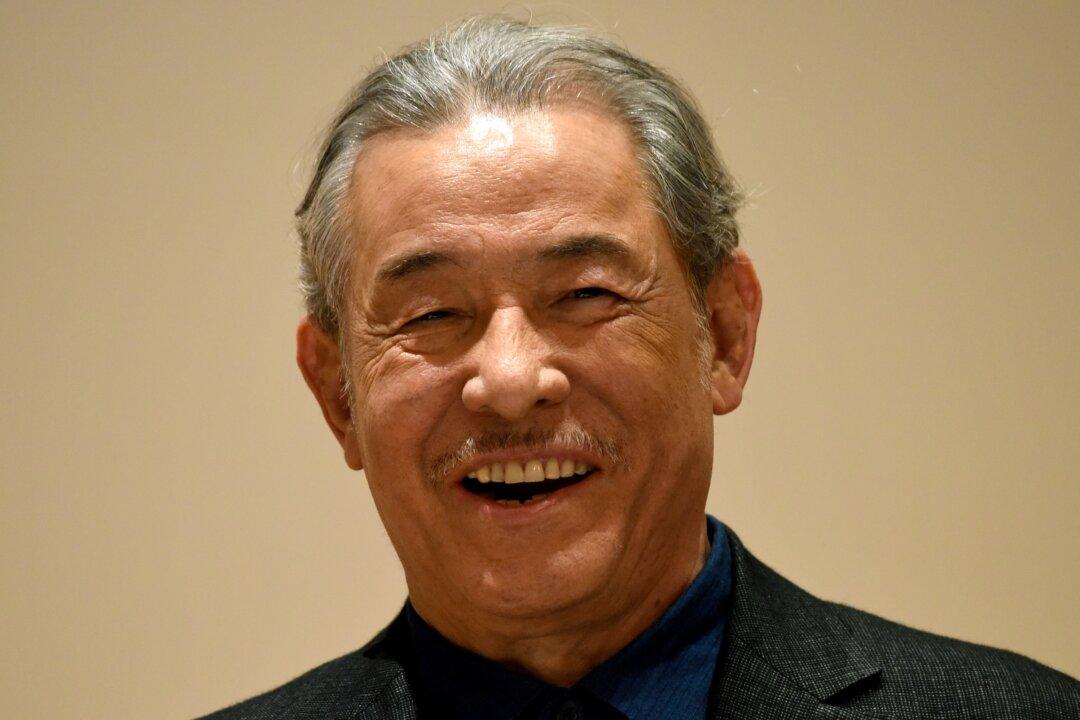TOKYO—Japanese designer Issey Miyake, famed for his pleated style of clothing that never wrinkles and who produced the signature black turtleneck of friend and Apple Inc founder Steve Jobs, has died, media said on Tuesday. He was 84.
Miyake, whose name became a byword for Japan’s economic and fashion prowess in the 1980s, died on Aug. 5 of liver cancer, Kyodo news agency said. No further details were immediately available.





